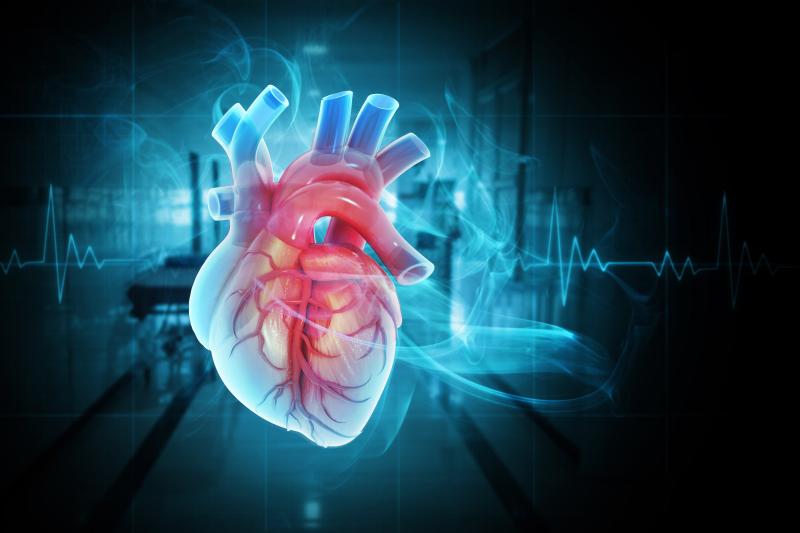
Each year, nearly one million people in the United States experience heart attacks that leave permanent damage to cardiac muscle. Once the heart forms scar tissue in response to injury, there are few options to reverse the loss of function. But what if that scar tissue could be transformed back into healthy, contractile heart muscle?
That’s the question driving the research of Conrad Hodgkinson, PhD, associate professor of medicine in the Division of Cardiology. With a new R01 award from the National Heart, Lung, and Blood Institute (NHLBI), part of the National Institutes of Health, totaling close to $2 million, Dr. Hodgkinson is working to bring cardiac regeneration closer to clinical reality.
The NHLBI-funded project, titled "Novel approaches for cardiac reprogramming: Exosome delivery of reprogramming miRNAs and repressor targeting siRNAs", focuses on a strategy called cellular reprogramming. The goal is to convert fibroblasts, cells that form scar tissue after a heart attack, into cardiomyocytes —the cells responsible for generating force and maintaining the heartbeat.

“We are essentially reprogramming scar tissue to regenerate the heart,” Dr. Hodgkinson said. “There’s no real cure for a heart attack today. You can stop it, you can prevent more damage, but there’s no way to replace the muscle that’s lost. Our work is about changing that.”
Dr. Hodgkinson and his colleagues were the first to demonstrate that a set of four microRNAs—collectively dubbed “miR combo”—could convert fibroblasts into cardiomyocytes in vitro. While early results were promising, recovery of heart function in animal models remained partial.
To improve outcomes, the team is now addressing three key barriers: inefficient delivery of the reprogramming signals, resistance within the fibroblasts themselves, and the challenge of applying these techniques beyond the early post-injury window.
One part of the solution lies in exosomes—tiny lipid vesicles naturally released by cells. Dr. Hodgkinson’s lab identified a type of exosome derived from C166 cells that preferentially targets cardiac fibroblasts. By packaging miR combo into these exosomes, they’ve developed a delivery system that sends the reprogramming instructions exactly where they’re needed, without affecting other cell types in the heart.
“Instead of delivering RNA to every kind of cell in the heart, which dilutes the effect and increases risk, we’re focusing it directly on fibroblasts,” Dr. Hodgkinson said. “That’s where the scar is, and that’s where the healing needs to happen.”
The second innovation involves the inclusion of small interfering RNAs (siRNAs) that target a specific set of transcriptional repressors, including Cbx1, PurB, and Sp3. These proteins act as molecular brakes, preventing fibroblasts from activating cardiac genes. By inhibiting them, the team enhances the fibroblasts’ ability to become functional heart cells.
Preliminary studies in mice showed striking improvements in heart function. When both the miR combo and siRNAs were delivered via exosomes, cardiac performance rebounded from near-failure levels to nearly normal. Now, the NHLBI grant will support additional safety studies and scaling the method for larger animal models.
“Pig hearts are very similar to human hearts, so the next step is testing our approach in pigs with heart injuries,” Dr. Hodgkinson said. “It’s part of building a real translational path.”
The project is a collaboration between Dr. Hodgkinson and colleagues Dr. Victor Dzau, Dr. Richard Pratt, Dr. Xinhua Wang, and Ikra Anwar. Additional support has come from the Fred and Edna Jr. Mandel Foundation, which helped fund the early work that made this grant possible.
For Dr. Hodgkinson, the long journey to this R01, which was secured on its fourth submission, reflects both the complexity and promise of the science.
“This is about moving toward something that doesn’t exist yet—a way to actually regenerate the heart after injury,” he said. “If we can get that right, the potential impact is enormous.”